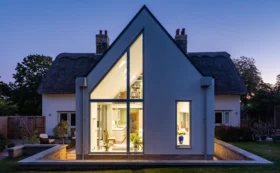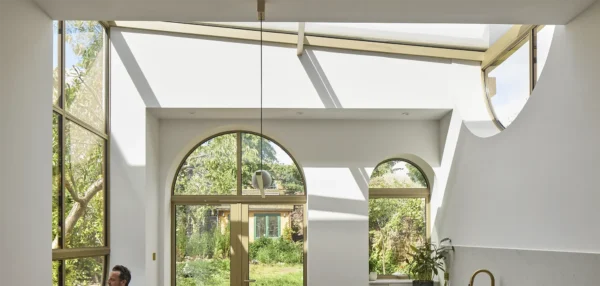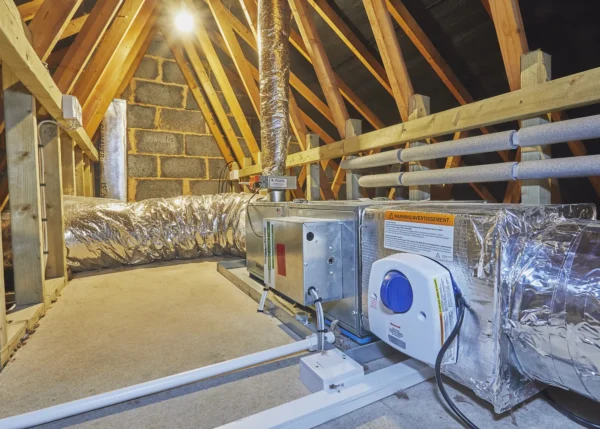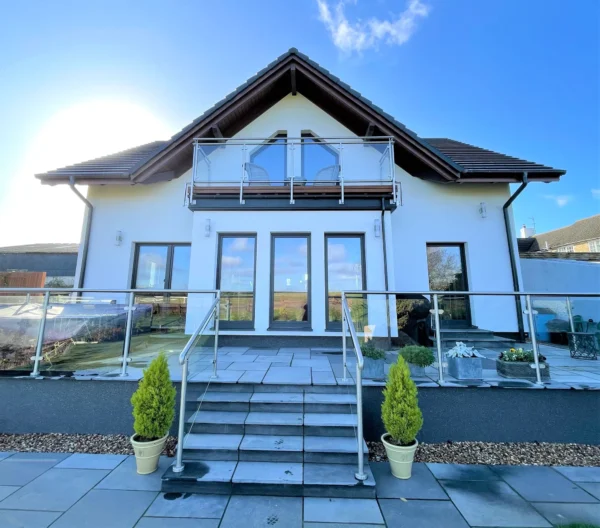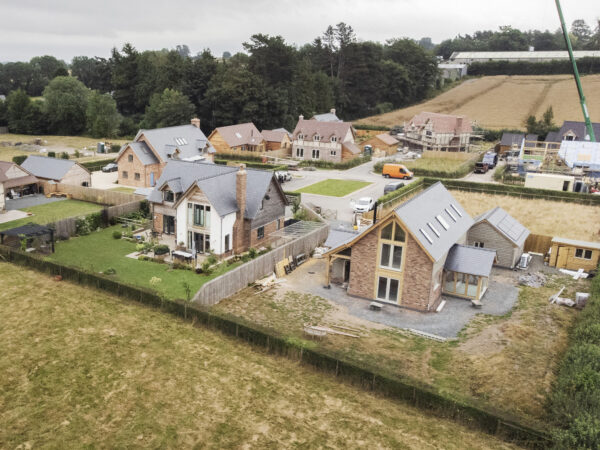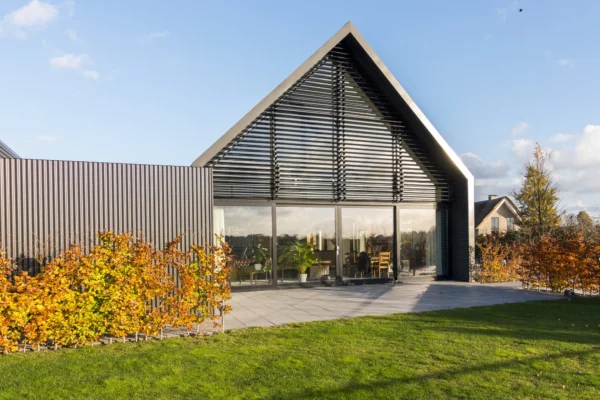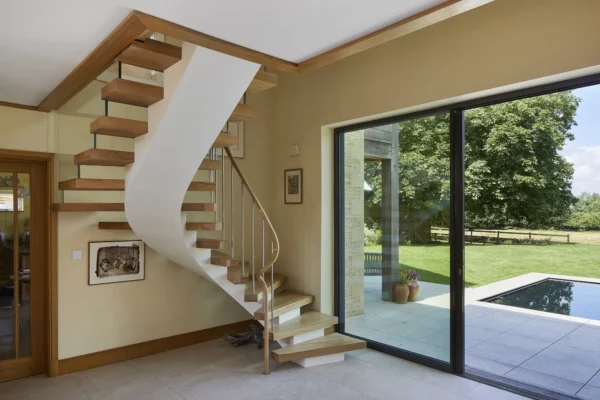Installing & Choosing Radiators for Your Home: The Key Considerations
Radiators are a longstanding favourite in many homes – they’re a traditional feature and it can be a little strange for some to imagine creating a house without radiators. For most self builders, however, the quest for efficiency and sustainability stands at the forefront of their projects.
So, embracing innovative technologies and eco-conscious practices is key – but is there still a place for traditional heat emitters in that picture?
Radiators are a tried-and-true heating solution that have warmed houses for decades, but in the context of today’s energy-efficient and aesthetically-driven abodes, do they align with the evolving needs and aspirations of the modern homeowner? We take a look at the key features, how to zone your heating setup and the best ways to keep your radiator in tip top condition.
Looking for heating suppliers for your next project? Browse Build It’s Company Directory
How Sustainable Are Modern Radiators?
In terms of radiator production, contemporary models are manufactured using sustainable techniques, often using recyclable materials, and are designed for efficient heat production and best use of surface area. “Radiators are sometimes tarred with the brush that they are old technology, but this simply isn’t true,” says Joel Newiss of Feature Radiators.
“Combined with a modern and efficient heat pump or gas boiler, radiators can be incorporated into an up-to-date heating system using less energy than the previous setup to generate the same levels of warmth.”
Learn More: Heat Pump Guide: What are Heat Pumps & How do they Work?
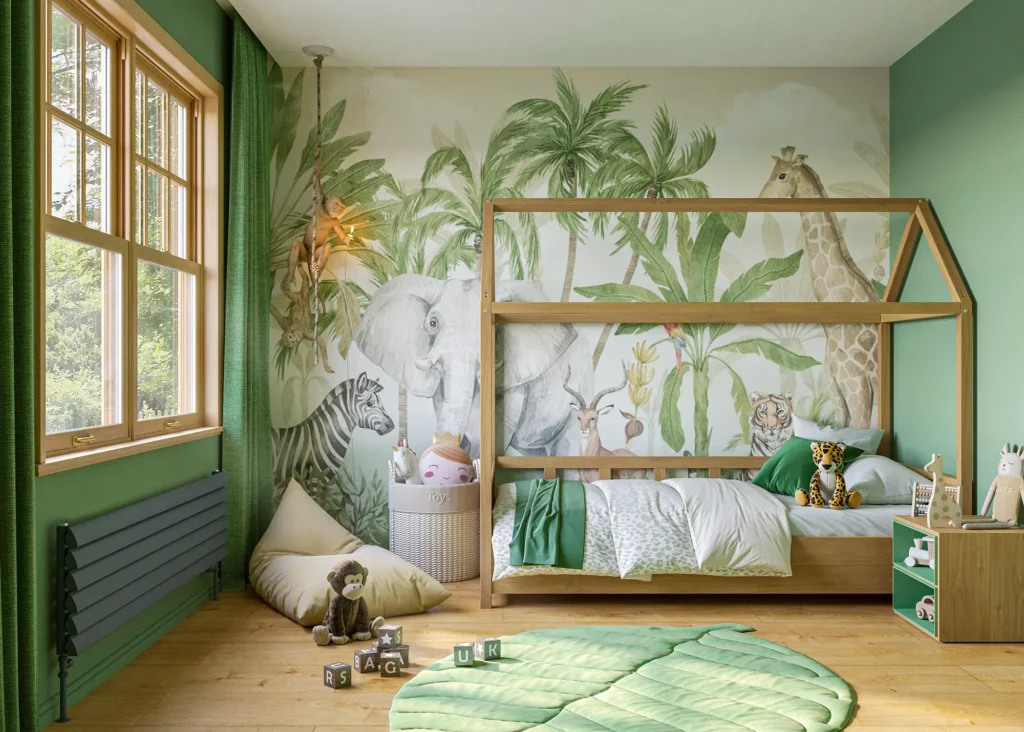
Radiators were traditionally placed below windows to offset draughts. Thermal efficiency targets for new homes mean this is no longer necessary, but it could still be an efficient spot. This Scalloway anthracite design is from UK Radiators
Heating technology is constantly evolving in response to the government’s legally-binding target to achieve net zero carbon emissions. Despite the recently-announced gas boiler ban delay, at the moment, heat pumps appear to be the number one choice for the future in domestic properties.
“We’ve seen an upturn in heat pump queries since 2020, and the market has certainly become more prevalent. However, due to the lower flow temperature of heat these systems produce, the radiators need to be bigger,” says Joel. “Heat pumps are a great idea, but they need to be working to their optimum to provide the results desired. This means that sizing of the radiators is key.”
Heat pumps use low flow temperatures, which means emitters may need a larger surface area to achieve the right internal air temperature than they would do when powered by a gas or oil boiler, for example.
“Radiators which incorporate low water content are ideal for use with heat pumps as this delivers excellent heat output, and most modern options are already designed to maximise energy efficiency,” says Jess Steele of BestHeating.
Be Inspired: Eco Homes: 30 Sustainable Self Builds to Inspire Your Eco House
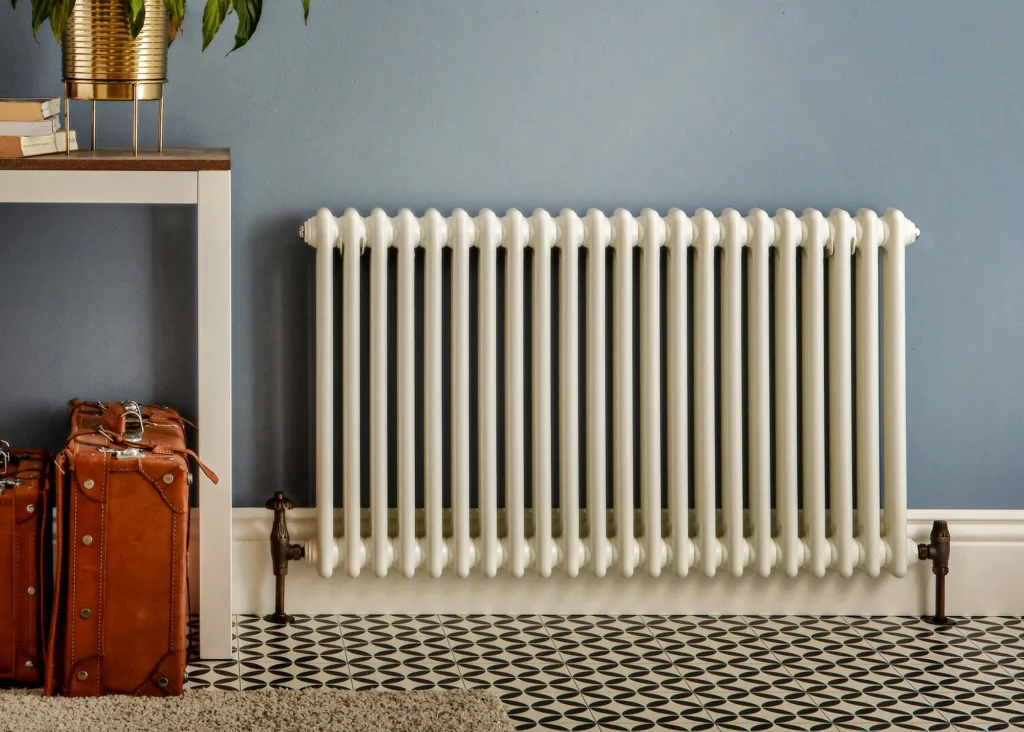
You can’t beat the look of a classic-style radiator. The Milano Windsor horizontal radiator from BestHeating will keep your home warm and add a luxurious feel to your interiors. From £424.95
Underfloor Heating vs Radiators: Which is Best?
In new builds, it seems many homeowners prefer to specify underfloor heating downstairs and radiators upstairs. But what is it that makes this arrangement popular? Many enjoy the flexibility this arrangement offers, especially if they’re used to the whole house radiator setup they’ve had before.
“Underfloor heating works well downstairs, where it can be more airy and open. Upstairs, meanwhile, you often have additional heat sources like electric towel rails in the family bathroom and ensuite, and bedroom radiators. This tends to be an adequate setup and can save money in the long run,” says Daniel Saunders at Only Radiators.
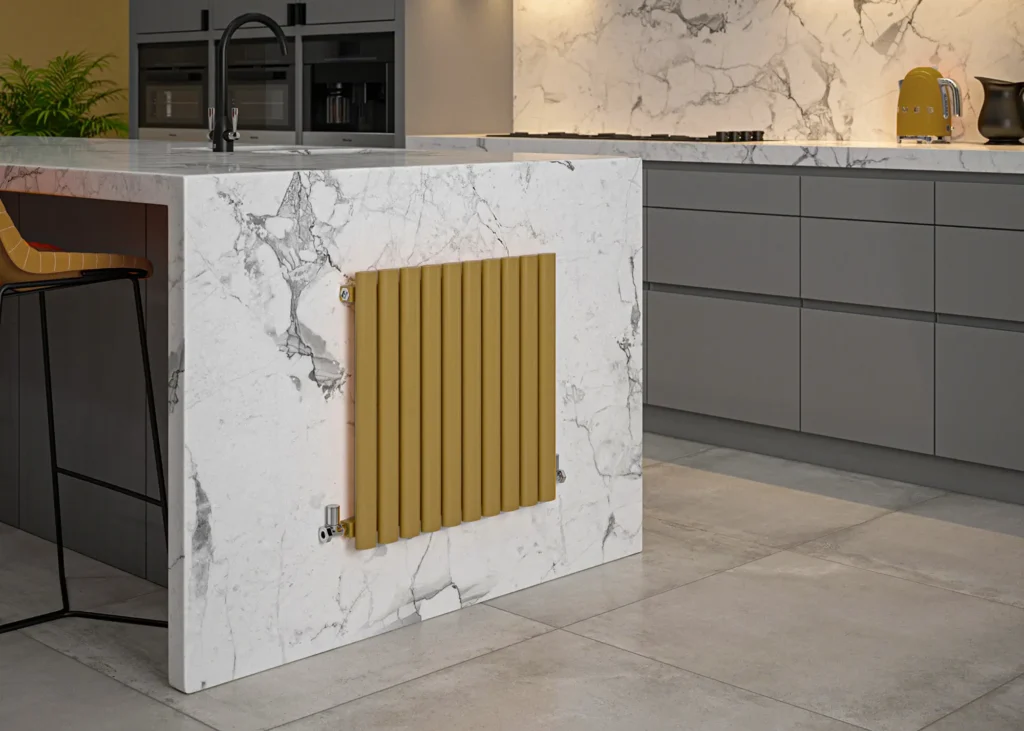
The Tap Factory’s Vibrance single panel horizontal radiator, sold at Only Radiators, has a modern, minimalist design and you can choose from 15 different colourful finishes. It’s suitable for use in central heating systems or as a dual fuel radiator Price: £339.99
Daniel firmly believes that zoning and controls are the key to making this type of arrangement efficient. Radiators should be specified correctly to warm the room size, and you must think about exactly which rooms need to be heated.
“New builds often have two separate thermostats – one for upstairs and one for downstairs – meaning you can be much more efficient in heating only the parts of the home that you need,” he says. “Setting timers to turn heating on and off both upstairs and downstairs at the required times, which undoubtedly will be different to each other, is also extremely beneficial to the efficiency of your home’s heating.”
On the topic of controls, it is important to ensure that the radiators you wish to specify can be adjusted to work at lower temperatures, no matter if they’re paired with a gas boiler or a heat pump.
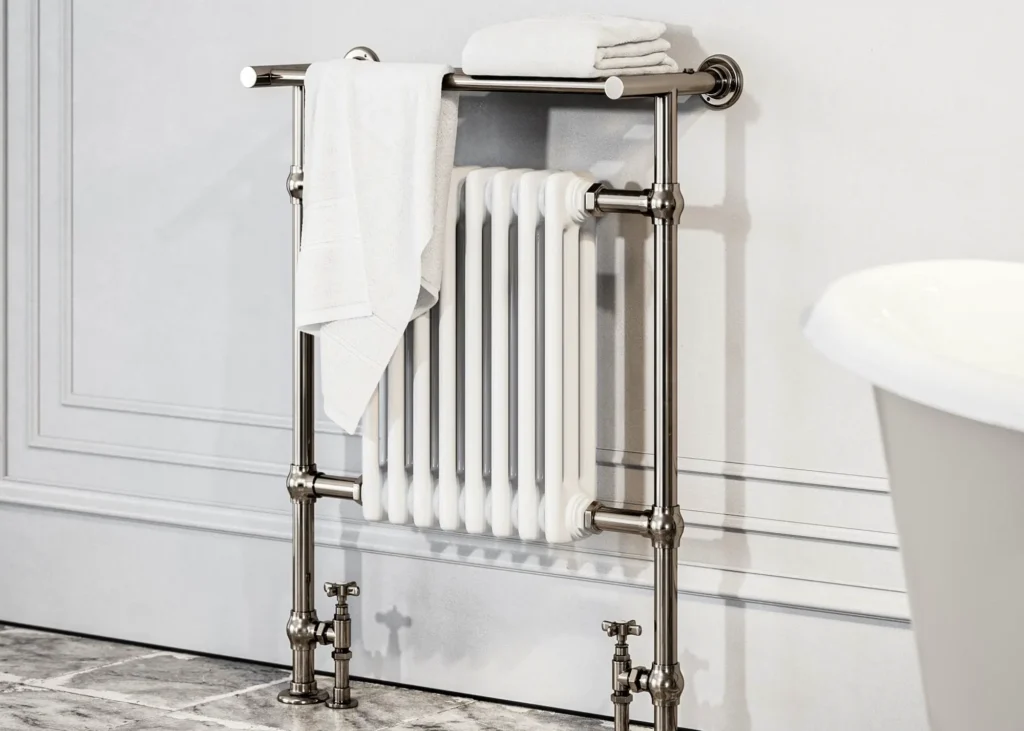
Towel rails remain a popular option for radiators, such as this Lenheim polished nickel floor mounted design from Lusso
“Thermostatic radiator valves (TRVs) mean that individual radiators can have their temperature changed and also allow for less heat to be wasted in rooms that aren’t being used, as the radiator can be switched off,” says Jess. “However, the TRV may not directly affect a heat pump; instead, it reduces the flow of water through the radiator at a specific temperature.”
More Advice: Choosing Heating Systems: Radiators or Underfloor Heating?
TOP TIPS Looking after your radiatorNot only can routine upkeep extend the lifespan of your radiators, but it will also assist with ensuring optimal operation and heat distribution in hybrid systems featuring radiators, underfloor heating and heat pumps. As a rule of thumb, efficient and well-maintained radiators last around five years longer than poorly looked after, inefficient models.
Rob Nezard, managing director of UK Radiators, offers his top tips on good practice:
Essential Advice: Our DIY Guide on How to Bleed a Radiator |
What Styles of Radiator Are on Offer?
In the past, it is fair to say that some radiators were little more than an unattractive necessity. Heritage cast iron products tell a real style story; but standard late-20th century radiators left a lot to be desired.
Happily, radatiors have evolved hugely in terms of aesthetics. “Designed to offer excellent heat output, radiators are now much easier to style within homes due to the diverse options available on the market,” say the design team at Lusso.
“From modern reinterpretations of classical cast iron radiators through to contemporary designer models, radiators are now entirely flexible according your decorative preferences.” For new builds, Lusso’s trend highlights include feature vertical designer radiators in shades such as matte black or white; while if you want to retain Victorian character, they suggest opting for period-style radiators with exposed pipes and brass tones.
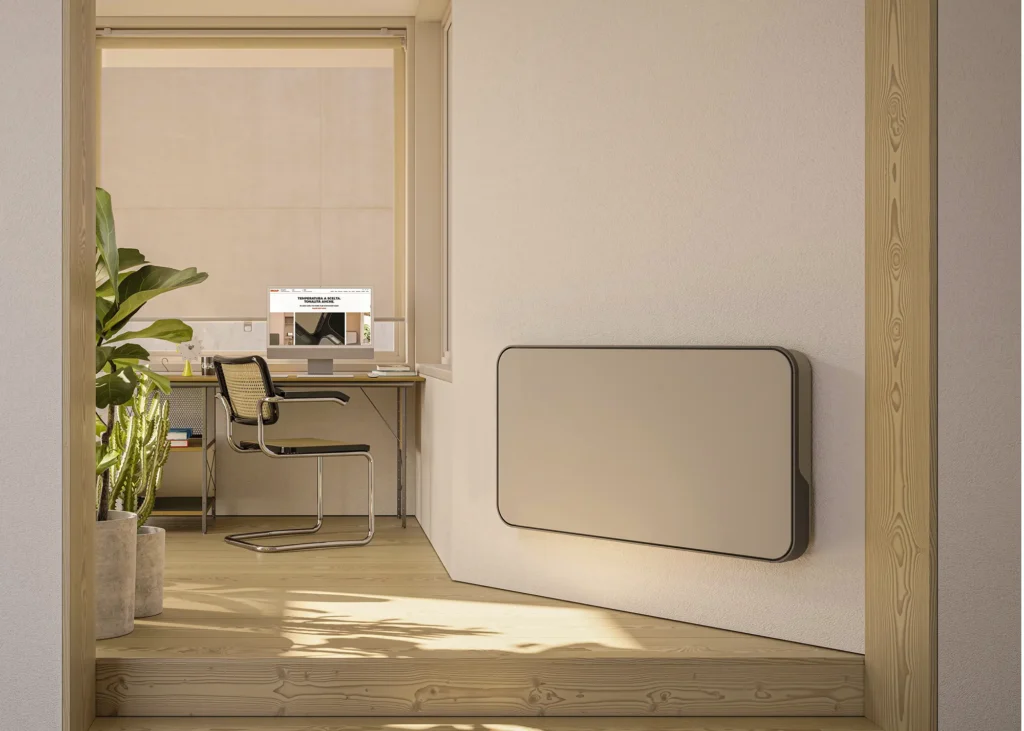
The Radiator Company’s new Relax Hybrid model is an innovative heating and cooling system. The fan coil-assisted radiator is suitable for both boiler and heat pump systems, and features electronic controls to deliver maximum efficiency. Choose from five colour options and different sizes to suit your space. Price: from £1,849.20
Ultimately, you can now think of radiators as design staples that are just as good at delivering practical heat as they are at enhancing the look of your living spaces. There are different styles and colours available to suit your home’s overall aesthetic – sleek and contemporary, or heritage replicas that are packed with bags of style.
Colour options are diverse too, with a vast range of paintable units, as well as those pre-finished in RAL tones or all manner of metallics. “Customers want things their way, we as retailers have fed that back over the years and manufacturers have listened,” says Joel. “Sizes are very flexible nowadays – our Core column radiator range is available in over 5,000 different combinations of sizes with varying heights, widths and depths.
The colour variety is immense on most products now, too. Cast iron models like our Etonian can be painted in shades from Farrow & Ball, Little Greene or any major paint company. There’s a radiator to fit any space, scheme, interior or customer preference.
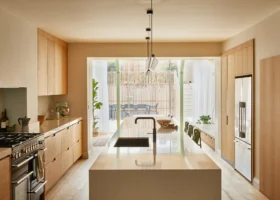



































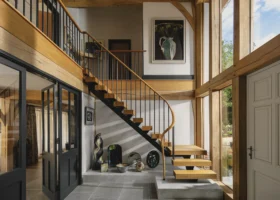
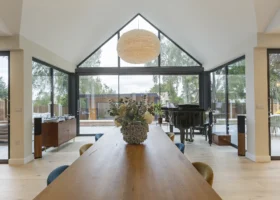

























































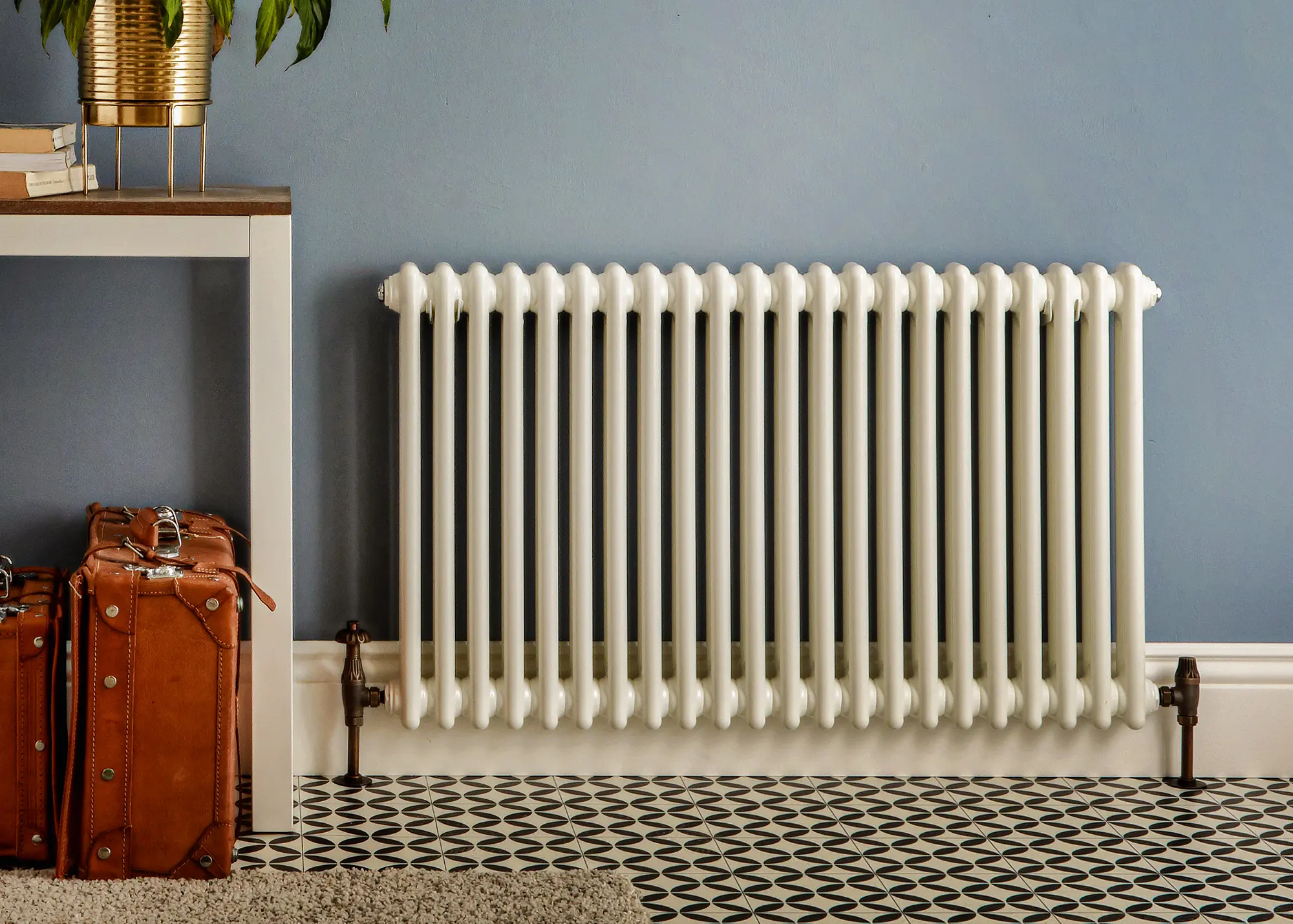
 Login/register to save Article for later
Login/register to save Article for later


